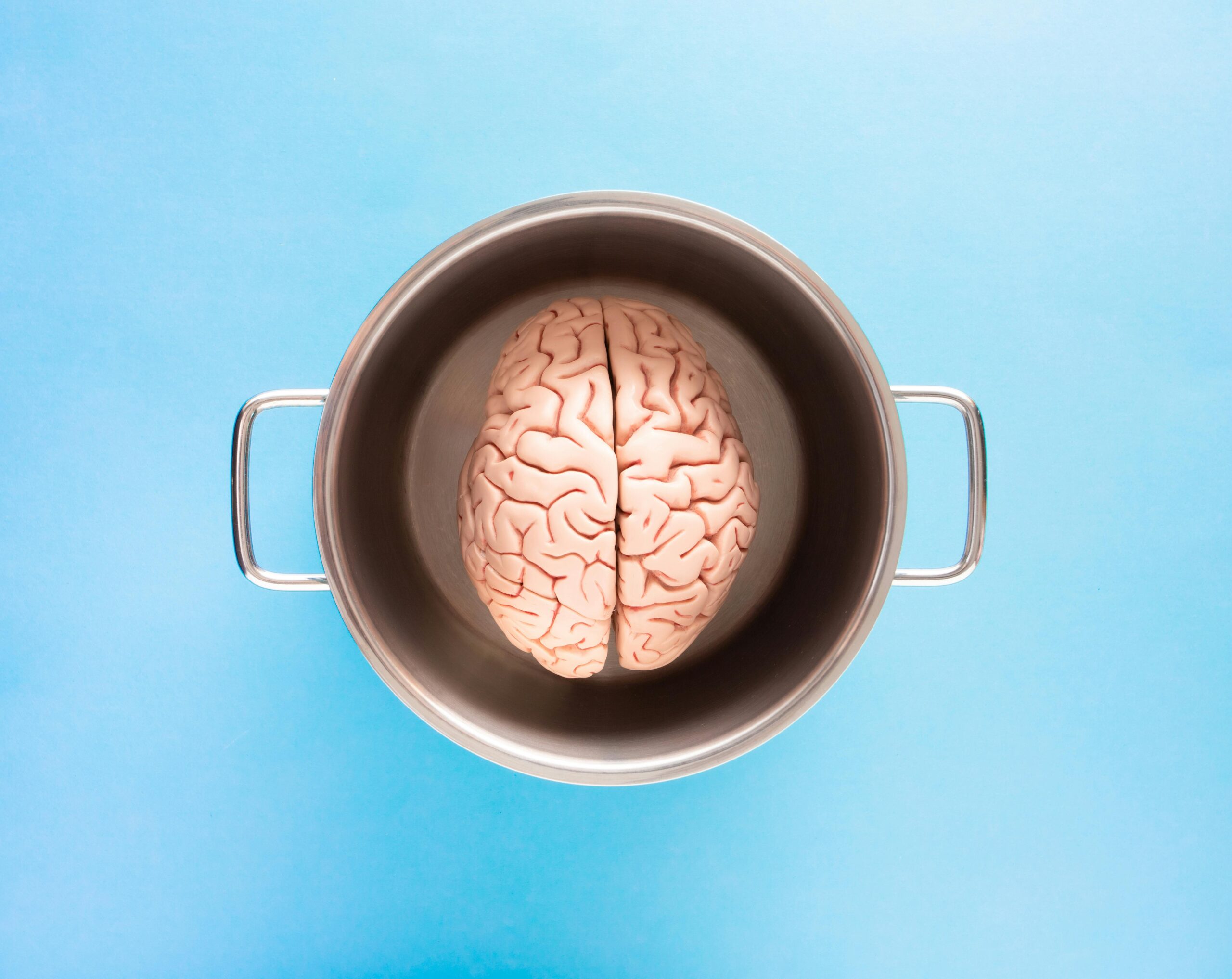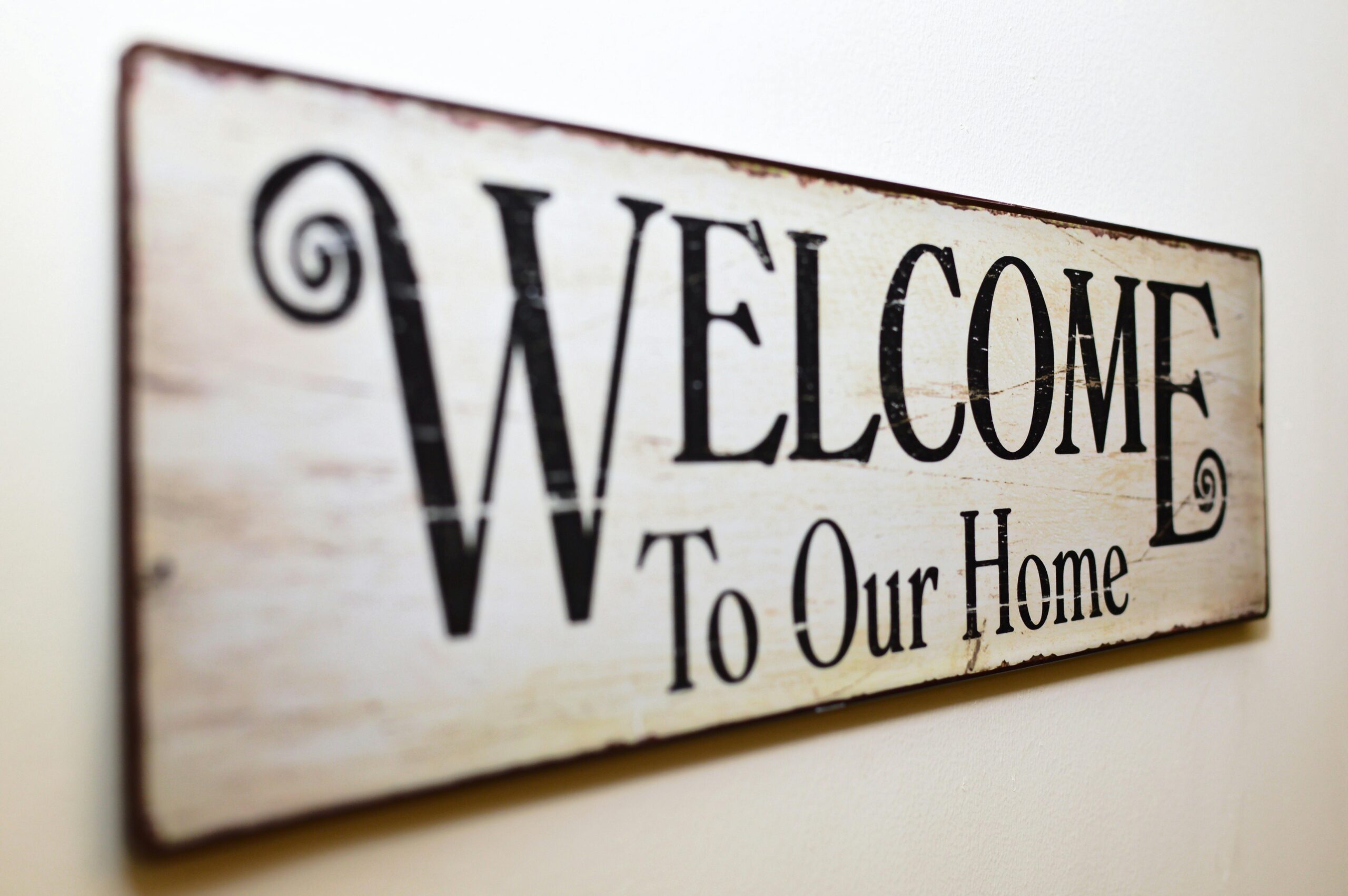
Colors can have psychological impacts in addition to the long-held belief that they can elicit particular moods and feelings. The color blue can be seen in many natural settings, as the rich, dark blue of a deep pool of water or the soft blue of a sunny sky. Maybe for this reason, blue is frequently described as serene and tranquil. However, due to its coolness, blue can occasionally appear frosty, remote, or even frigid.
Discover more about the psychological aspects of blue, and why you should choose blue as a background. But first, let us briefly review the definition of color psychology.
Understanding Color psychology
Color theory, sometimes referred to as chromotherapy or color healing, postulates that certain colors and their frequencies have an effect on your emotions, thoughts, and behavior on a physiological and psychological level. For instance, someone who is anxious or agitated may look at blue to relax and slow their pulse rate, while someone who is depressed may look at reds and yellows to get more energy.
The usual process of color psychology is simple exposure. During a guided therapy session, a professional may separate particular color light wavelengths using projectors or specialty lightbulbs.
Since the ancient Egyptians, color theory has existed in one form or another. It might possibly originate from Eastern healing techniques such as chakra balance, in which a different color is connected to each chakra (the body’s energy reserves).
Understanding the Blue Psychology
According to a survey, blue is the most widely chosen “favorite color” worldwide, with males choosing it more frequently than women. What psychological effects does this color have on us, though?
Color psychology has a wealth of evidence supporting the effects that specific hues can have on an individual’s disposition, feelings, and actions. The following is what is understood about blue psychology in case of business and food:
- Blue is a color that businesses use a lot in their marketing and advertising to convey a sense of confidence.
- Moreover, Eating from a blue plate is even advised by some diet regimes. Why? Rarely can blue organically occur in food. Additionally, blue coloring in food is frequently an indication of deterioration or poisoning, and people are hardwired to avoid toxic foods.
Reasons for Blue being a Suitable Background
Blue wallpaper is a great backdrop color for a number of creative scenarios and digital platforms. It works well as sky blue, light blue, dark blue, or even a light blue gradient.
1) Physical Consequences
Lower body temperature, decreased breathing, lowered heart rate, blood pressure, and difficulty falling asleep are some examples of the physical symptoms. For this reason, installing blue wallpaper in bathrooms, offices, spas, and bedrooms is frequently advised.
2) Blue’s Aesthetic Appeal
There’s no denying blue’s aesthetic charm. The color creates a calming, serene atmosphere that is aesthetically pleasant and harmonious. Blue backdrops are timeless and elegant, appealing to a wide range of people, whether it’s a light blue background HD wallpaper that suggests a clean sky or a deep navy blue that radiates refinement.
3) The Effects of Blue on the Mind
Blue’s psychological effects are a major factor in why it works well as a background color. Blue is linked to emotions of peace, steadiness, and confidence. It can produce a calm ambiance when used as a background, which makes it perfect for a variety of purposes, including presentations, websites, mobile interfaces, and marketing materials.
4) The Undisputed Versatility of Blue
Because of its adaptability, blue may easily go with a wide range of other colors. It can be mixed with softer tones for a more delicate and muted aesthetic or with clashing colors for a powerful and dynamic effect. Because of its versatility, blue is favored by designers who want to have creative freedom while putting together visually appealing compositions.
5) Lessens Eye Strain When You Gaze at Blue
A further factor in the desire for blue backdrops is practical considerations. Blue is a suitable color choice for extended screen time because it has been shown to lessen eye strain. The calming quality of blue backdrops makes for a more comfortable viewing experience in a world where digital devices rule.
6) Blue’s Professionalism and Dependability
Blue is frequently linked to dependability and trustworthiness in professional contexts. Blue backgrounds are popular for corporate websites, business presentations, and branding materials because they can exude professionalism. Choosing a background color is a complex process that is impacted by a wide range of variables. With its psychological effect, adaptability, aesthetic appeal, and usefulness, blue stands out as a strong option. It provides a canvas that not only improves visual appeal but also adds to the design’s overall mood and impression.
7) Different Shades of Blue
Grey-Blue: Use this shade to create a calm bedroom wall color scheme, cool kitchen cabinetry, or a spa-like mood in the bathtub.
Royal blue: Match royal blue with furniture from the Regency era. Additionally, traditional blue and white palettes usually use this tone.
Sky Blue: Perfect for beachy slipcovers, cabana-style chairs, vintage-style kitchen islands, and coastal beach-style bathrooms.
Robin-Egg Blue: This shade works well as a dramatic bathroom tile or as a contemporary wallpaper.
Steel Blue: Savor the opulent hues of steel blue for a glamorous French style. It is also a suggested backdrop color for pattern blending.
Caribbean Blue: You can use this vibrant blue as a vivid pop of color for an accessories item or as a playful blue wallpaper design for a child’s room.
Aqua: This color is ideal for a preteen girl’s bedroom, a kitchen with a feminine or beachy feel, or for playful accessories.
Turquoise: Perfect for a hip midcentury style or vibrant children’s rooms.
Navy: Navy is the standard color for maritime themes, but it also looks well with statement built-ins.
Wrapping Up
It’s crucial to keep in mind that emotions to color can also be very personal, even while studying the psychology of color can be fascinating. One’s feelings and reactions to various colors might be influenced by their past experiences.Wallpaper selection has psychological considerations in addition to visual ones. So, when we design spaces we should also consider the beneficial impact that the colors may have on our feelings and general wellbeing by carefully choosing the colors, patterns, and textures we use.






